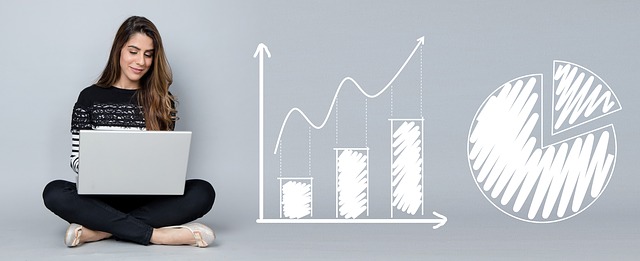CCL Industries (TSX:CCL.B) released its third-quarter results last Tuesday. Since then, the stock has dipped 7.1%. Is the stock a good buy now?
Before digging into its recent results, let’s review CCL Industries’s longer-term performance. An investment from before the last recession, which occurred due to the financial crisis of 2007-2008, would have delivered total returns of about 20% per year despite the recent dip. (In the period, the U.S. market delivered total returns of about 7% per year.)
The outperformance of CCL Industries stock was partly because the company’s earnings per share increased by more than 400% and partly because its price-to-earnings multiple expanded from about 13.5 to about 19.4.
CCL Industries has a strong track record of growing free cash flow. In the 12 months that ended in September, it generated $420.6 million of free cash flow. Its cash flow generation strongly supports its growing dividend.
Although its dividend yield is pretty small, being close to 1%, CCL Industries has increased its dividend per share for 16 consecutive years at a relatively high rate. Specifically, it increased its dividend per share by 17% per year on average in the past decade.
Its dividend per share is 13% higher than it was a year ago, and it’s expected to increase its dividend next quarter.

Q3 results
Here are some key metrics compared to the same period in 2017:
| Q3 2017 | Q3 2018 | Change | |
| Sales | $1,206.8 million | $1,337.2 million | 11% |
| Operating income | $185.3 million | $186.2 million | 0% |
| Net earnings | $106.9 million | $112.7 million | 5% |
| EBITDA | $240.1 million | $246.7 million | 3% |
| Adjusted earnings per share | $0.61 | $0.66 | 8% |
Operating income would have been $190.5 million (or an increase of 2.8% year over year) were it not for a $4.3 million non-cash accounting adjustment related to the acquired inventory from the Treofan acquisition. It follows that net earnings would have been $117 million (or an increase of 9.4% year over year).
The stock has been weak lately, as the company performance was negatively affected by “Avery’s share loss in back-to-school ring binders for mass-market retailers,” as noted in the company’s press release, and higher resin prices, which affected Innovia’s performance, which includes Treofan, which was closed in early July.
Q1-Q3 results
Here are some key metrics compared to the same period in 2017:
| Q1-Q3 2017 | Q1-Q3 2018 | Change | |
| Sales | $3,521.2 million | $3,828.7 million | 9% |
| Operating income | $532.5 million | $586.5 million | 10% |
| Net earnings | $304.7 million | $352.5 million | 16% |
| EBITDA | $700.2 million | $751 million | 7% |
| Adjusted earnings per share | $1.86 | $2.05 | 10% |
The results from the first three quarters are more normalized compared to the Q3 results. At the end of Q3, CCL Industries had $438.2 million of cash and cash equivalents on its balance sheet. And its net debt to EBITDA was about 2.02.
The business
CCL Industries is the largest label company in the world. It makes and sells packaging-related products and has a diversified customer base, as it serves global markets of home and personal care, food and beverage, healthcare and specialty, automotive, electronics and consumer durables, and retail and apparel.
It operates 168 manufacturing facilities in 40 countries across North America, Latin America, Europe, Asia, Australia, and Africa, so it can more efficiently supply products to its end markets.
In the last few years, CCL Industries has made a number of key acquisitions, including Innovia and Checkpoint, which expanded its offerings, respectively, in polymer banknotes and technology-driven loss prevention and inventory management labeling solutions for the retail and apparel industry.
Investor takeaway
CCL Industries stock beats the market over the long term. It maintains a solid balance sheet, generates strong free cash flow, and has the ability to continue increasing its dividend.
The dip and any further dips in the stock are buying opportunities. Some analysts believe CCL Industries stock will trade at about $64 over the next 12 months, which would be a multiple of about 23.5 — a recent multiple that the stock has traded at. This would represent about 21% near-term upside potential in a quality company.







